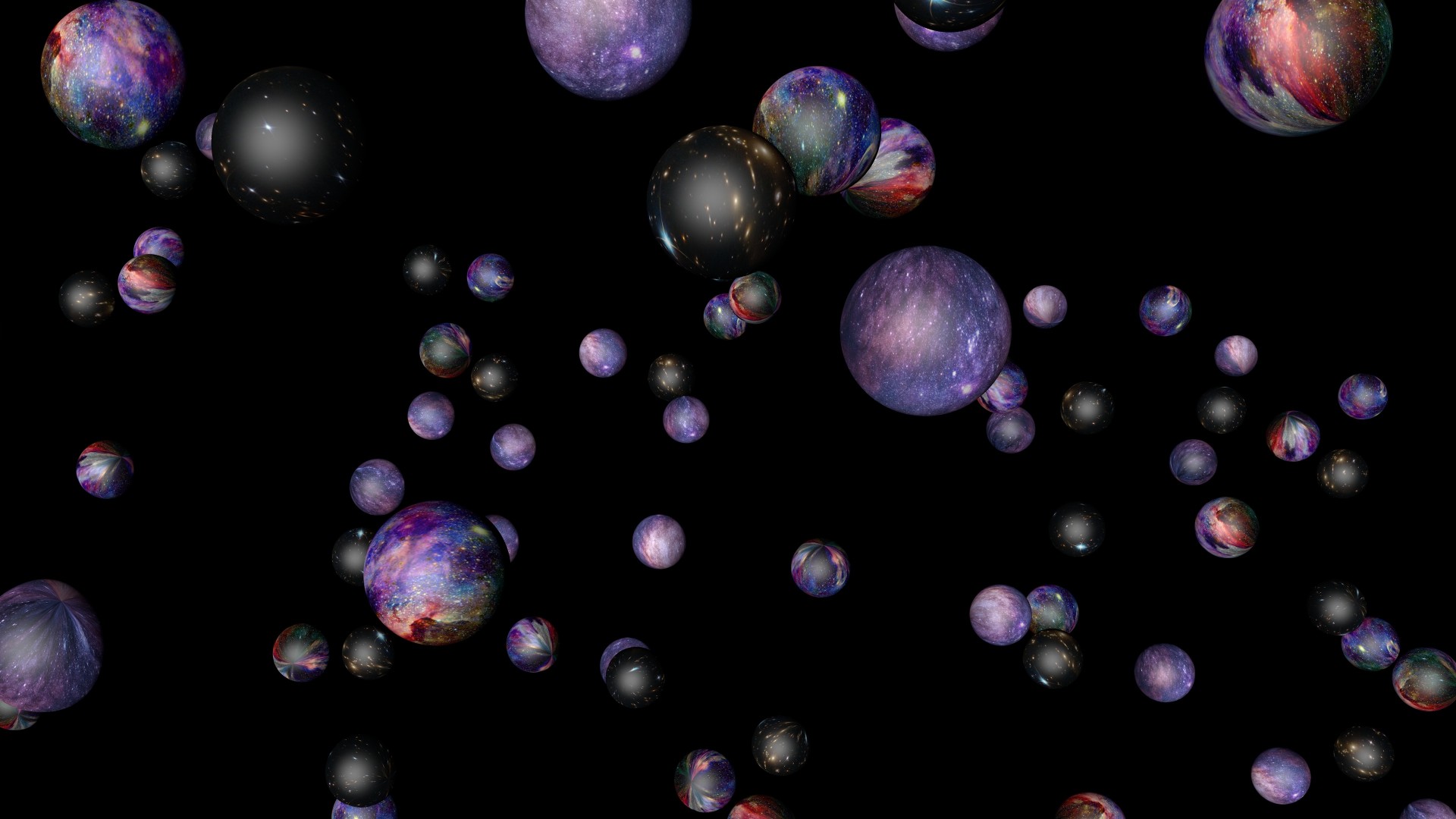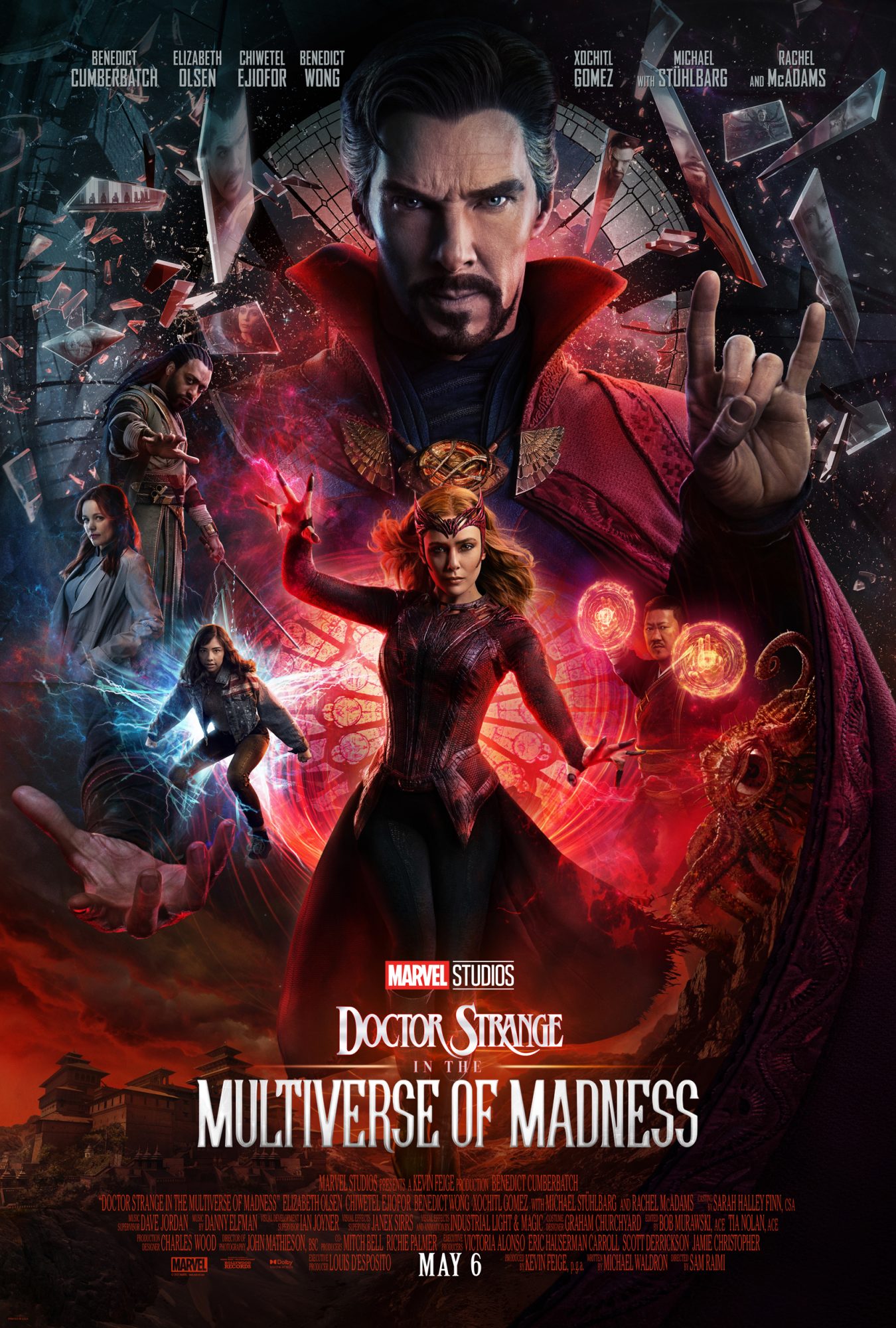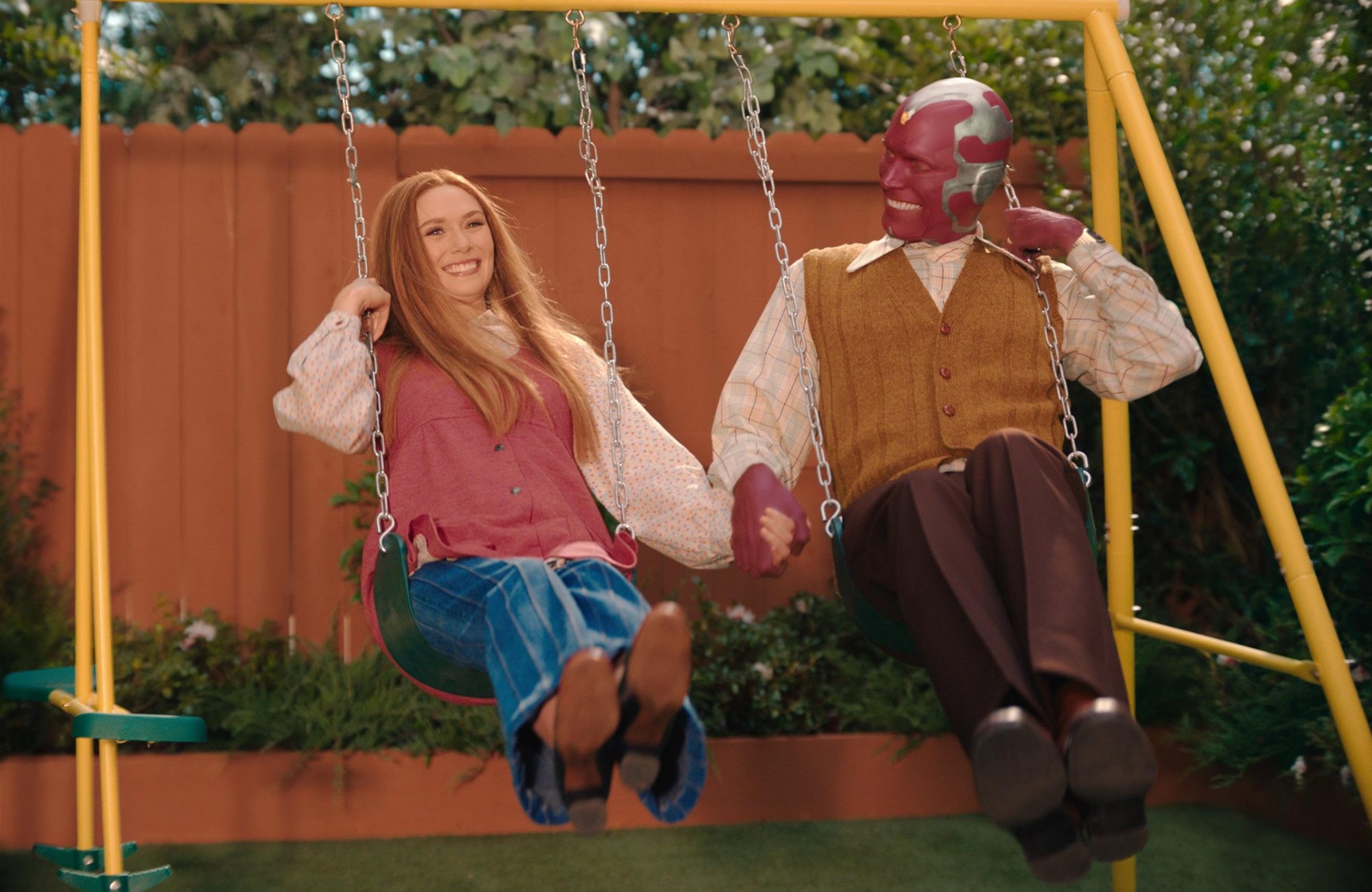The concept of a ‘Multiverse’ has been proposed over many centuries by both scientists and philosophers as a means of understanding the almost random nature of reality and dealing with all of the ‘what ifs’ of history. You know what I mean, like, what if Hitler had died in World War I, would there have been a World War II?

In 1952 physicist Erwin Schrödinger suggested the existence of an infinite number of universes as a means of eliminating the conceptual problems that arose in physics from Heisenberg’s Uncertainty Principle and the Wave / Particle duality. Those problems famously include Schrödinger’s own thought experiment where a cat is placed in a box with a vial of poison gas. The vial is set to be triggered by the decay of a radioactive atom, an event that according to quantum mechanics occurs on a purely random basis. The question then becomes, is the cat is alive or dead while inside the box?

According to a framework developed by Niels Bohr, and known as the Copenhagen Interpretation the cat is neither dead nor alive until you open the box and observe it. The idea was that, in Bohr’s view, all of the fuzzy quantum states of a particle, even a cat, collapsed into a single state whenever that particle was observed.

In the Multiverse view however the cat is dead in some universes and still alive in other universes. In fact every time a particle, any particle can occupy two or more quantum states then the same number of universes pop into existence. If you think about it, with all of the particles in the universe and all of the quantum states they can occupy every tiny fraction of a second there must be a whole lot of universes in that multiverse!

That’s why most physicists still think that the idea of a multiverse is an even worse notion than Bohr’s where everything is fuzzy until you observe it. Science Fiction authors however quickly became fascinated by the concept of the multiverse and whether it be parallel universes in the original ‘Star Trek’ or the ‘Conjunction of a Million Spheres’ in Michael Moorcock’s fantasy novels, along with many other stories, the multiverse is now a fixture in SF.

The latest version of the multiverse comes from the Marvel Cinematic Universe (MCU) with the movie ‘Doctor Strange in the Multiverse of Madness’. Now Doctor Strange, played by actor Benedict Cumberbatch, experienced a bit of the complexities of the Multiverse in the last big Marvel movie ‘Spiderman: No Way Home’ where three Spidermen from different universes, played by the three actors who have played spidey in movies, join together to fight their villains from different universes.

‘Doctor Strange in the Multiverse of Madness’, henceforth just ‘Doctor Strange’, begins with the mystic master rescuing a young woman from an extra-dimensional monster. Once the immediate threat is defeated the woman, whose name is America Chavez, played by actress Xochitl Gomez, tells Strange that she is being pursued because of her ability to travel through the Multiverse from one Universe to another. Strange is startled by the woman because he has seen her in his dreams but she replies that those dreams were realities from another universe where another Doctor Strange tried to protect her. As proof of her claims the woman shows Strange the corpse of the Doctor Strange who tried to protect her.
Recognizing that witchcraft is involved in the daemons who are chasing Chavez Strange decide to seek the aid of his fellow Avenger the Scarlet Witch only to realize that it is the Witch herself who is sending the daemons after Chavez. The Scarlet Witch, also known as Wanda Maximoff and played by actress Elizabeth Olsen, wants to use Chavez’s power to travel to a universe where her two sons, lost in the TV show Wandavision, are still alive.

Yes, I know it sounds confusing and it helps if you’ve seen the movie ‘Spiderman: No Way Home’ and TV show ‘Wandavision’ but they really aren’t necessary. You quickly pick up the idea that Wanda has gone bad and it isn’t long before Strange and Chavez are bouncing from one universe to another. In those alternate universes they encounter alternate versions of other Marvel superheroes, all while being chased by the Scarlet Witch who uses an ancient book of evil magic to occupy the versions of herself in those alternate universes.

In other words it’s a fun roller-coaster ride where all of the possibilities of the multiverse are rather cleverly displayed. The acting in ‘Doctor Strange’ is typical for a superhero movie, good enough to not detract from the action. And once again the writers at Marvel just seem to be able to give enough humanity to their characters so that, unlike the DC heroes, they do seem like real people, even with their powers.

I do have a few small problems with ‘Doctor Strange’, for one thing there are so many cameos by altered Marvel superheroes, along with four different Doctor Stranges and I think it was three different Wandas that it gets a mite confusing after a while, but that’s part of the fun of the multiverse. A bigger problem is that the outcome, for all three of the main characters, is pretty predictable. Finally there’s the whole question of how America is able to go from one universe to another. She doesn’t even know how she does it so we’re given absolutely nothing in terms of an explanation.

Still ‘Doctor Strange in the Multiverse of Madness’ is certainly a fun film, another solid entry in the Marvel Cinematic Universe that now encompasses the entire Multiverse. So, should we now start calling it the Marvel Cinematic Multiverse?
